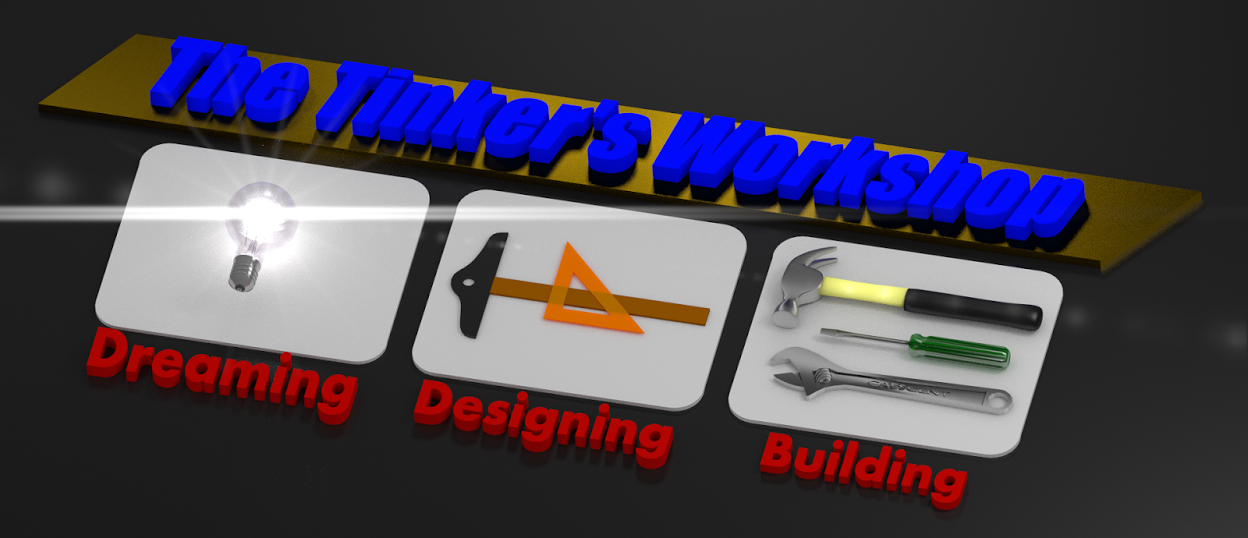Progress is moving right along on the TerraTrike Velomobile project with the body being removed from the building jig today. Higher temperatures have also returned to the Midwest and the garage where the project is being built and so work has to be done early so that I do not melt in the process.
Yesterday I was doing some fiber glassing and it got so hot that the resin I had mixed for the project cured VERY quickly in the mixing cup. Not a good thing to happen. So I set that part of the project aside and went to work on the mounts for the body in the much cooler workshop. Here is what I managed to get done.
One of the smaller group of assemblies that needed to be built for the Velomobile project was the hard mounts for the mounting of the body to the Terratrike frame. I started with a 1 x 2 inch piece of wood. On this piece of wood I marked out six hard mounts that the hardware to mount the body will be attached to. On each marked out mounts I drilled two 1/2 inch holes.
Here is one of the mounts with the bolts and threaded rod connectors being mounted to it.
In this photo you can see all of the mounts that will be assembled in this step of the project. To hold the threaded rod connectors into place a small
amount of fiber glass resin and micro-balloon mixture is poured into
each hole first. Then the mounts are inserted into their corresponding
holes.
The bottom of the threaded rod connectors are taped off
as these will be inserted into the holes of the hard mounts and I
don't want epoxy resin to get into the threaded holes.
The bottom of the yellow mounts are covered with plastic wrap to protect the mount from being glued to the wooden mounting board if to much resin should spill out of the mounting holes during the set up of these assemblies. The yellow mounts help keep the threaded rod connectors in alignment while the resign hardens.
After the resin had cured over night I removed the yellow mounts and what is now left is the threaded rod connectors that are imbedded into the wood and encased in fiber glass resin. This makes a perfectly aligned threaded insert for the mounts and they will attach perfectly every time to the hard mounts.
Next I fiber glassed the top surface of the strip of wood, let it cure over night and then cut each mount to the correct length. I then removed the fiber glass that had covered up the holes by using a utility knife. This left me with six perfectly made hard mounts for the project.
Here the yellow mounts are once again attached to the newly cut out hard mounts. With the threaded rod connectors already lined up the process of attaching the yellow mounts was a snap.
Here is a shot of the hard mounts attached to the completed body mounts. The hard mounts will be imbedded into panels in the body assembly. Once these have been mounted the body can be removed from the TerraTrike and the outer skin be applied to the framework of the body.
Another sub-assembly that I completed in the cooler workshop was the solid foam nose section for the velomobile. I traced out the shapes I needed off of the framework and started cutting the parts out using the band saw.
Here all of the parts are cut out and ready for shaping.
I took a large amount of the foam off of the blanks using a hot wire tool to get them into the rough shape that I was going for.
This is a good shot of one part of the nose cut into rough shape and the other after it had been sanded into shape for the front of the velomobile.
Here the top section of the nose of the velomobile is placed into position to check that the shape is correct. Looks pretty good at this point.
The next step of the project needed to have the opening cut into the framework for the cockpit of the velomobile. This then was blocked out using one inch foam strips between the ribs and a 1/4 inch foam strip that ran along the inside of the ribs.
Here the cockpit has been shaped and glassed. With the upper cockpit glassed it now is strong enough to be moved around easily without the chance of it breaking.
I was able to remove the velomobile body off of the building jig today. This took a little bit of doing as I was alone at the time. With a little bit of wiggling I was able to remove the framework that you see here. It was still a bit fragile at this point as the top brace that you see in the photo still needed to be mounted. Without this brace the front nose of the body had very little support and a couple of the side stringers could have broken. I installed the top brace and added additional fiberglass to the weak points just above the wheel openings. I was just barely able to do the work on the framework at this point today as the garage was heating up again.


Here are a couple of good shots of the Terratrike next to the velomobile body framework. With the framework off of the jig it looks a lot smaller. I will have to put the framework up on supports and flip it upside down so that I can complete the work on the bottom of the framework so it can be mounted on the TerraTrike. Once all of this is done then the framework can be skinned with foam strips and glassed. This will make the entire structure much stronger and I can move on from there to get the project completed.


